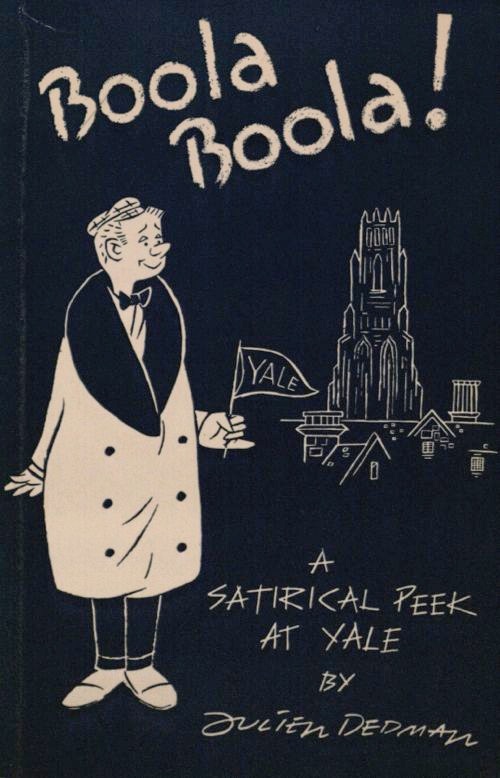Chapters in Edited Collections
© Estate of Gordon Lameyer, Lilly Library, Indiana University, as seen on the cover of The Letters of Sylvia Plath Volume I, 1940-1956.
“Sylvia plath and fashion”
in Sylvia Plath in Context. Edited by Tracy Brain. Cambridge University Press, November 2019.
ORDER NOW: AMAZON
From the full skirts and nipped waists of Dior’s New Look, to the Shetland sweaters and Bermuda shorts of America’s college girls, and even the tanned bodies and flirty bikinis of mid-century pin-up stars, Sylvia Plath’s fashion life places her at the nexus of many iconic moments in fashion history. This chapter explores the fashion sensibilities detailed in Plath’s journals and correspondence, fashion’s influence on her poetry, prose, artwork and her forays into the professional realm of fashion as an editor and a writer; proving that Plath occupies a fascinating place both within and without the fashion industry at the mid-century.
Designing Woman. 1957. USA. Directed by Vincente Minnelli. 118 min. © MGM
“Home furnishing takes a cue from Paris, too.”: The Fashion Professional at Work & Home in Postwar Hollywood Films, c. 1957-1961
in Screen Interiors: From Country Houses to Cosmic Heterotopias. Edited by Sarah A. Lichtman and Pat Kirkham. Bloomsbury, 2021.
ORDER NOW: AMAZON
During the 1950s and 1960s, a period noted for close interrelationships between fashion and interior design, a number of Hollywood films emerged that prioritized representations of women working in the fashion industry and the design of both their professional (public) and domestic (private) spaces. These films presented a holistic view of the way in which female fashion professionals were expected to extend their style beyond the sartorial, and create rich and revelatory interior spaces; prompting the consistent melding of clothing and interior decoration on screen. This chapter focuses on three films, namely, Designing Woman (dir. Vincente Minnelli, 1957), Funny Face (dir. Stanley Donen, 1957) and Back Street (dir. David Miller, 1961) and explores how each of these films contributed not only to a visual and thematic understanding of what it meant to work in the fashion industry at the time but also to broader notions of high style and taste in interiors as well as clothing.
“Fashions for the Nicest Hours of the Day,” Good Housekeeping, November 1955, 95.
“‘Get bathrobe and slippers and nightgown & work on femininity’: Sylvia plath, self-identity and sleepwear.”
in The Bloomsbury Handbook to Sylvia Plath. Bloomsbury, 2022.
ORDER NOW: AMAZON
From aqua bathrobes to pink fuzzy dressing gowns, leopard print slippers to floral flannel nightgowns, sleepwear looms large in Sylvia Plath’s life and work. For Plath, sleepwear functioned as an expressive tool for navigating her own identity as a woman, wife, mother, writer, student and artist. It’s in slippers that she revels in the quiet familiarity of marriage; in a nightgown that she negotiates images of femininity; and in sewing little nighties for her daughter that she experiences pride in her identity as a mother. However, Plath also experienced sleepwear as an intimate expression of conflicting images of womanhood at the midcentury, and the challenges of balancing domesticity with work; all of which Plath felt deeply, even issuing herself a firm instruction in her journal: “Get bathrobe and slippers and nightgown & work on femininity.” This chapter considers the way in which sleepwear functioned not only in Plath’s personal day-to-day life, as detailed in her journals and correspondence, but across her myriad creative works, including her poetry, prose and artwork. It also situates Plath’s relationship with sleepwear in the broader context of the contemporary sleepwear industry, referencing key brands, trends and advertising, and sleepwear’s presence in both popular culture and women’s periodicals, and unpacks the symbolic and material significance of key garments referenced by Plath in order to understand how such clothing could, and did, contribute to shaping Plath’s self-identity at the midcentury.
Les Parapluies de Cherbourg. 1964. France. Directed by Jacques Demy. 92 min. © Parc Film, Madeleine Films & Beta Film.
the Bloomsbury Encyclopedia of Film and Television Costume
Various entries in a 3-volume encyclopedia. Editor-in-Chief: Deborah Nadoolman Landis. Forthcoming from Bloomsbury, 2021.
An historic new project, The Bloomsbury Encyclopedia of Film and Television Costume Design, is a 3-volume compendium of film and television costume history. This project, the first of its kind, will be published in 2025.















